
Clifton Hill House is a Grade I listed Palladian villa in the Clifton area of Bristol, England. It was the first hall of residence for women in south-west England in 1909 due to the efforts of May Staveley. It is still used as a hall of residence by the University of Bristol.

Edward Colston was an English merchant, slave trader, philanthropist, and Tory Member of Parliament.

Bristol, the largest city in South West England, has an eclectic combination of architectural styles, ranging from the medieval to 20th century brutalism and beyond. During the mid-19th century, Bristol Byzantine, an architectural style unique to the city, was developed, and several examples have survived.

The Paul Revere House, built c.1680, was the colonial home of American patriot and Founding Father Paul Revere during the time of the American Revolution. A National Historic Landmark since 1961, it is located at 19 North Square, Boston, Massachusetts, in the city's North End, and is now operated as a nonprofit museum by the Paul Revere Memorial Association. An admission fee is charged.
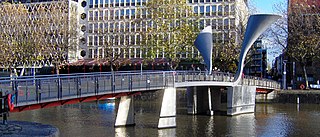
Pero's Bridge is a pedestrian bascule bridge that spans St Augustine's Reach in Bristol Harbour, Bristol, England. It links Queen Square and Millennium Square.
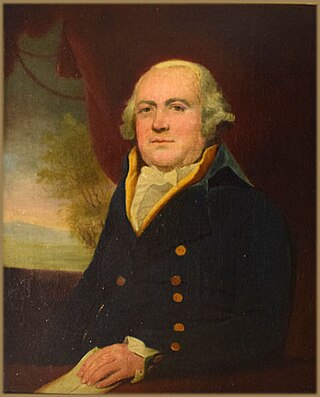
Robert Milligan was a prominent Scottish mercantile chamber member and slaveowner who was the driving force behind the construction and initial statutory sectoral monopoly of the West India Docks in London.
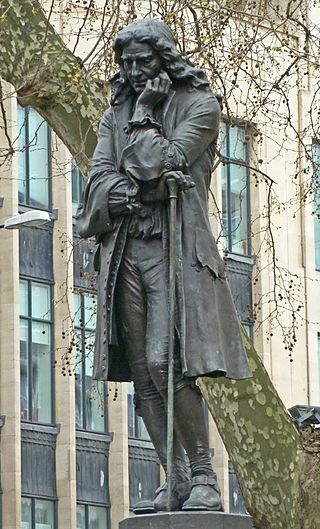
Bristol, a port city in south-west England, was involved in the transatlantic slave trade. Bristol's part in the trade was prominent in the 17th and 18th centuries as the city's merchants used their position to gain involvement. It is estimated that over 500,000 enslaved African people were traded by Bristol merchants.
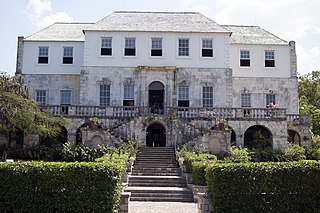
Rose Hall is a Jamaican Georgian plantation house now run as a historic house museum. It is located in Montego Bay, Jamaica with a panoramic view of the coast. Thought to be one of the country's most impressive plantation great houses, it had fallen into ruins by the 1960s, but was then restored. The museum showcases the slave history of the estate and the legend of the White Witch of Rose Hall.

John Pretor Pinney was a plantation owner on the island of Nevis in the West Indies and was a sugar merchant in Bristol. He made his fortune from England’s demand for sugar. His Bristol residence is now the city's Georgian House Museum.

John Colley Nixon was an English merchant and amateur artist.
James Webbe Tobin (1767–1814) was an English abolitionist, the son of a plantation owner on Nevis. He was a political radical, and friend of leading literary men.
James Tobin (1736/7–1817) was a prominent merchant and planter based in Nevis. During his life, he became one of the most prominent proslavery activists from the West Indies.
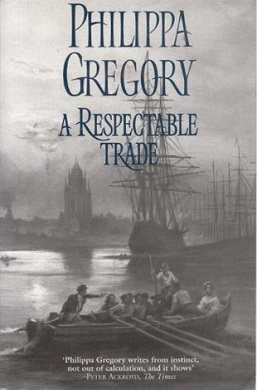
A Respectable Trade is a 1995 historical novel by Philippa Gregory set in the Bristol docks in 1787.
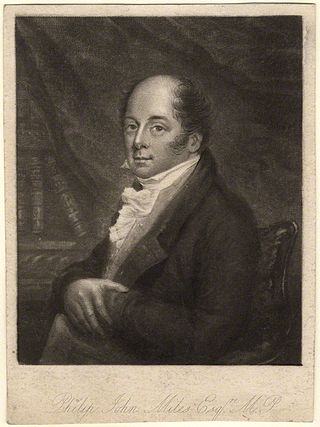
Philip John Miles (1773–1845) was an English landowner, slave owner, merchant, shipowner, banker and politician from Bristol. Through his banking interests he found himself on the register of owners of slaves on plantations in Jamaica though only as mortgagee in possession in cases when his bank had taken possession of plantations through the default of their owners on mortgage payments. He left an estate of over £1.2 million, making him the first recorded millionaire of Bristol.
Hester Pinney, was an English businessperson in partnership with her sister Rachel Pinney. They dealt in lace like her sisters Rachel Pinney and Jane Hoare. Hester was organising outworkers, and later importing sugar from Nevis where her exiled brother Azariah Pinney was making a fortune, owning slaves and dealing in sugar.
Charles Pinney was a British merchant and local politician in Bristol, England. He was a partner in a family business that ran sugar plantations in the West Indies and owned a number of slaves. Pinney was selected as mayor of Bristol in 1831 and within weeks had to manage the response to major riots. Public order was lost for a number of days and significant damage caused to the city centre. Pinney was charged with neglect of duty over his actions but was acquitted at trial. He returned to local government as an alderman, holding the position until 1853.
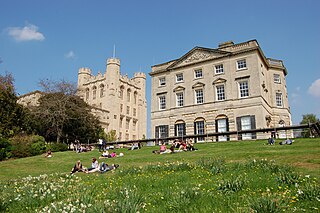
Thomas Tyndall KCB (1723–1794) was a Bristol merchant and banker with extensive slave trade connections.
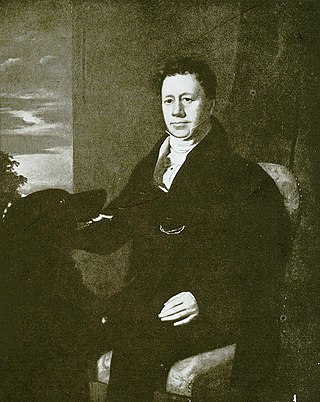
James Ewing of Strathleven MP FRSE LLD (1775–1853) was Lord Provost of Glasgow (1832–1833), and MP for Glasgow (1832–1835), a plantation owner, slave-holder and West Indies merchant.
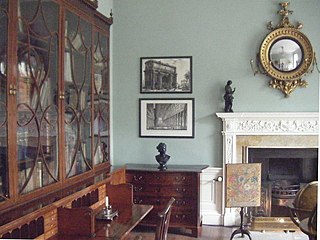
Frances "Fanny" Coker aka Fumnanya was enslaved on Nevis. She was a domestic servant who was the property and later servant to John and Jane Pinney of Nevis and Bristol. She moved to Bristol where the Pinneys lived at The Georgian House; at Racedown house at Broadwindsor in Dorset and at the lost building called "Somerton Erleigh" at Somerton in Somerset. She wrote home to her enslaved relatives and revisited Nevis.
















